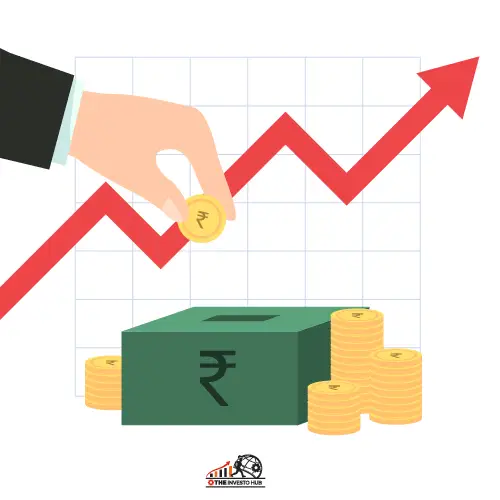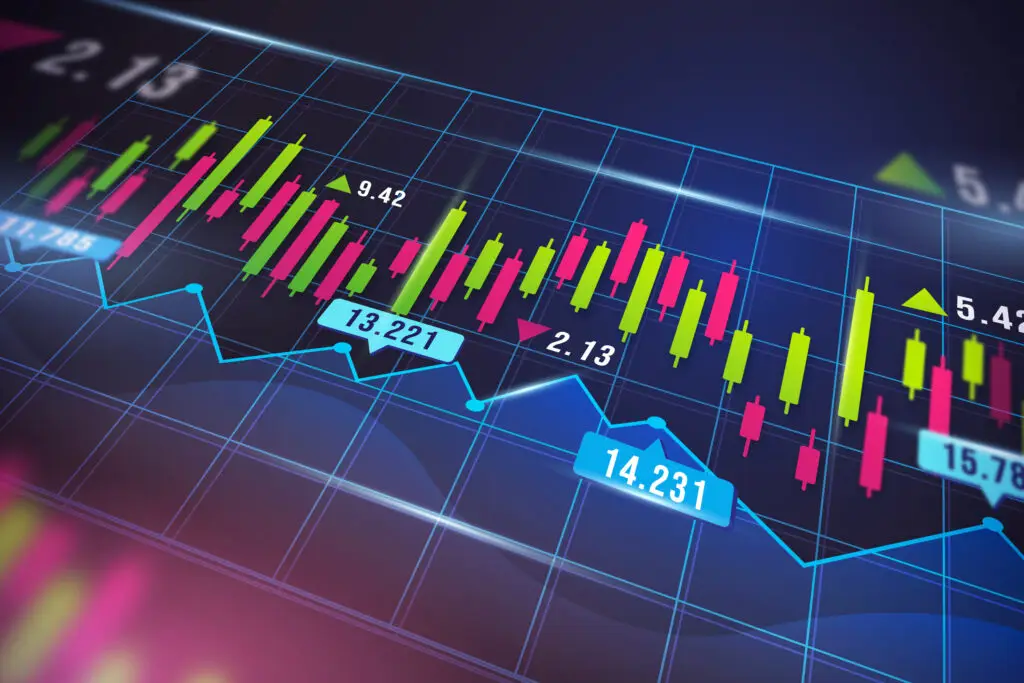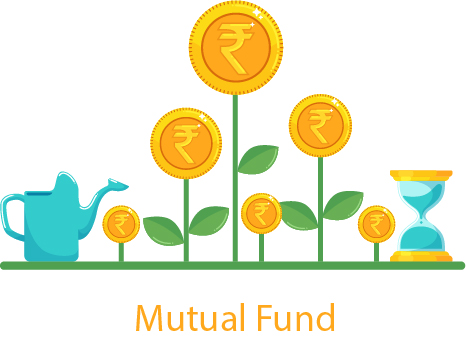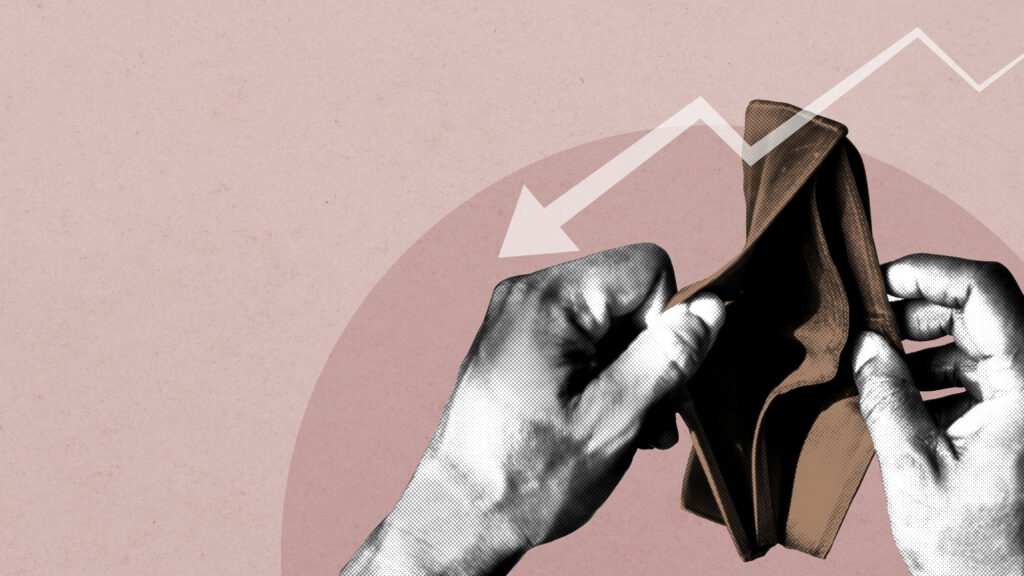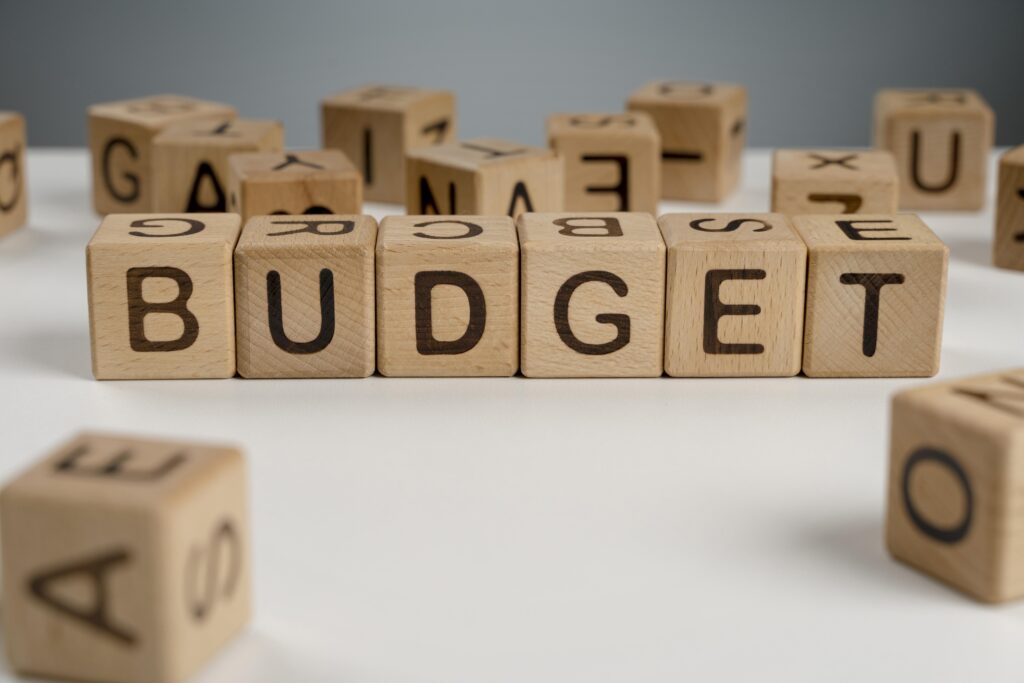In today’s fast-changing financial landscape, diversification is the key to protecting your wealth and maximizing returns. Building a diversified investment portfolio ensures your investments are not overly dependent on the performance of one single asset or sector. For Indian investors, this is especially important due to market volatility, inflation, interest rate shifts, and global economic influences.
Table of Contents
What is a Diversified Portfolio?
A diversified portfolio spreads your investments across multiple asset classes such as equity, debt, real estate, gold, and international funds. The goal is to reduce risk by ensuring that a downturn in one asset class doesn’t significantly affect your overall wealth.
Example:
Imagine investing ₹10 lakh entirely in one stock, say a tech company. If that company fails, your entire capital is at risk. Now, if you divide the ₹10 lakh into equity (₹4 lakh), debt (₹2 lakh), gold (₹1 lakh), real estate (₹2 lakh), and international ETFs (₹1 lakh), your risk is well managed.
Why Diversification Matters
Risk Reduction: Diversification spreads risk across sectors and instruments.
Stable Returns: While high returns are not guaranteed, losses in one sector can be balanced by gains in another.
Protection Against Volatility: Different assets perform differently in varied economic climates.
Improved Long-Term Gains: Over time, a well-diversified portfolio grows steadily, with fewer drawdowns.
Asset Classes for Diversification in India
Equity (Stocks and Mutual Funds)
-
Risk Level: High
-
Return Potential: High
-
Investment Tools: Direct stocks, equity mutual funds, ETFs
-
Best For: Long-term goals (5+ years)
2. Debt Instruments
-
Risk Level: Low to Medium
-
Return Potential: Moderate
-
Investment Tools: Fixed Deposits, PPF, Debt Mutual Funds, Bonds
-
Best For: Capital preservation, income generation
3. Gold
-
Risk Level: Medium
-
Return Potential: Moderate
-
Investment Tools: Sovereign Gold Bonds (SGBs), Gold ETFs, Digital Gold
-
Best For: Hedge against inflation and rupee depreciation
4. Real Estate
-
Risk Level: Medium to High
-
Return Potential: Moderate to High
-
Investment Tools: Property, REITs (Real Estate Investment Trusts)
-
Best For: Long-term capital appreciation, rental income
5. International Investments
-
Risk Level: High (currency risk involved)
-
Return Potential: High
-
Investment Tools: International Mutual Funds, Global ETFs
-
Best For: Exposure to global markets and tech giants
How to Decide Allocation
Your portfolio mix should align with your:
Age
Risk tolerance
Investment goals
Income level
Time horizon
Sample Asset Allocation Based on Risk Profile:
| Investor Type | Equity | Debt | Gold | Real Estate | Global Funds |
|---|---|---|---|---|---|
| Conservative | 20% | 60% | 10% | 5% | 5% |
| Moderate | 40% | 35% | 10% | 10% | 5% |
| Aggressive | 60% | 20% | 10% | 5% | 5% |
Rebalancing Your Portfolio
Rebalancing involves adjusting your portfolio to maintain your original asset allocation. For example, if equities outperform and rise from 50% to 65% of your portfolio, you might sell some stocks and buy bonds to restore balance.
When: Every 6 months or annually
Why: Keeps risk in check, locks in gains, prevents emotional investing
